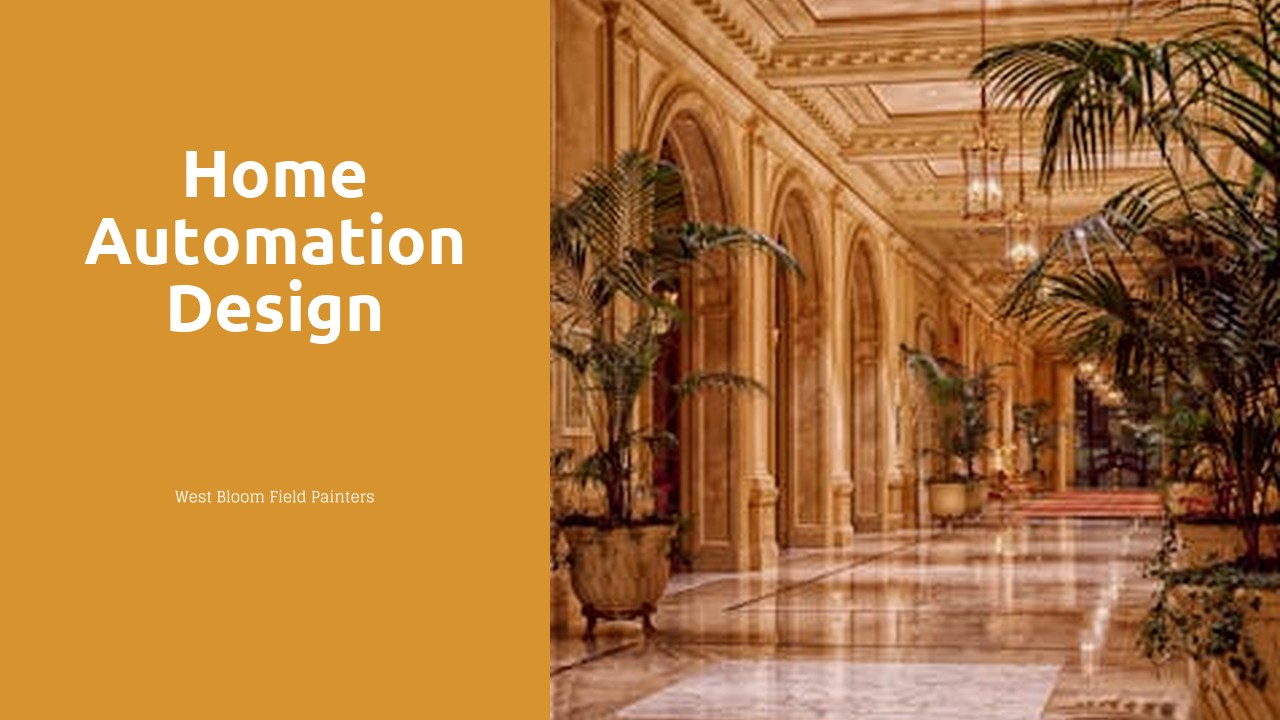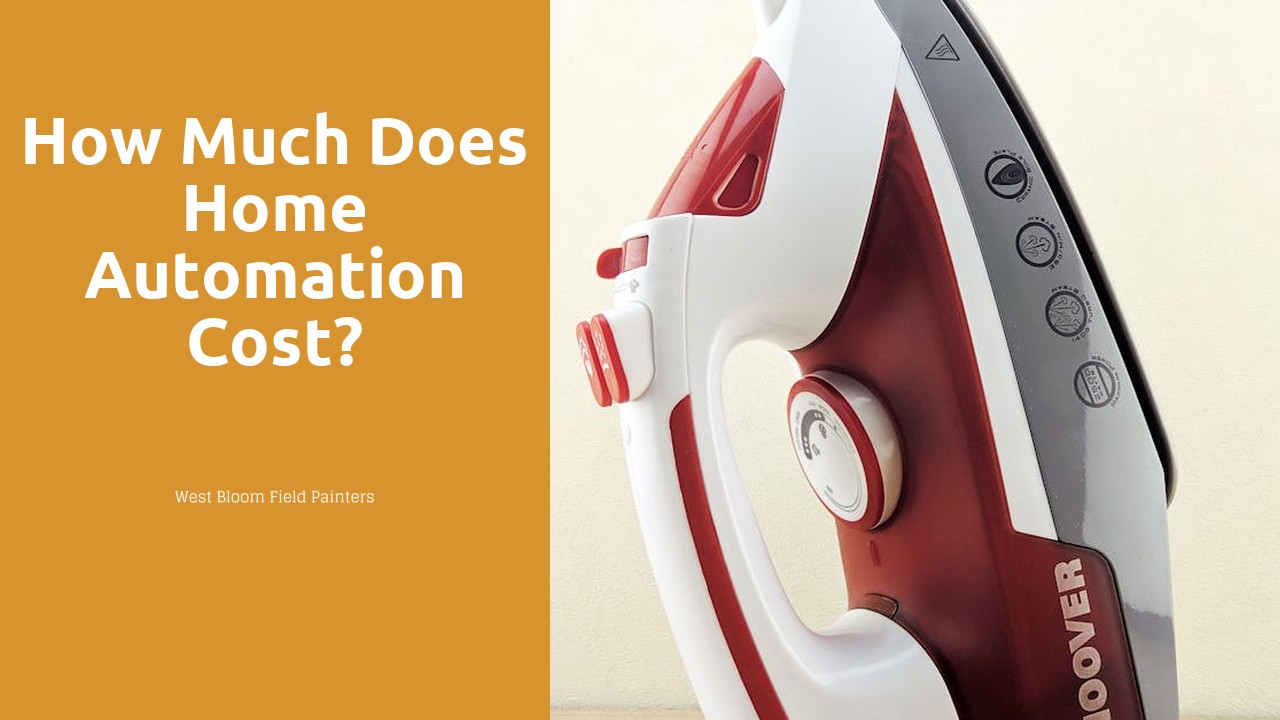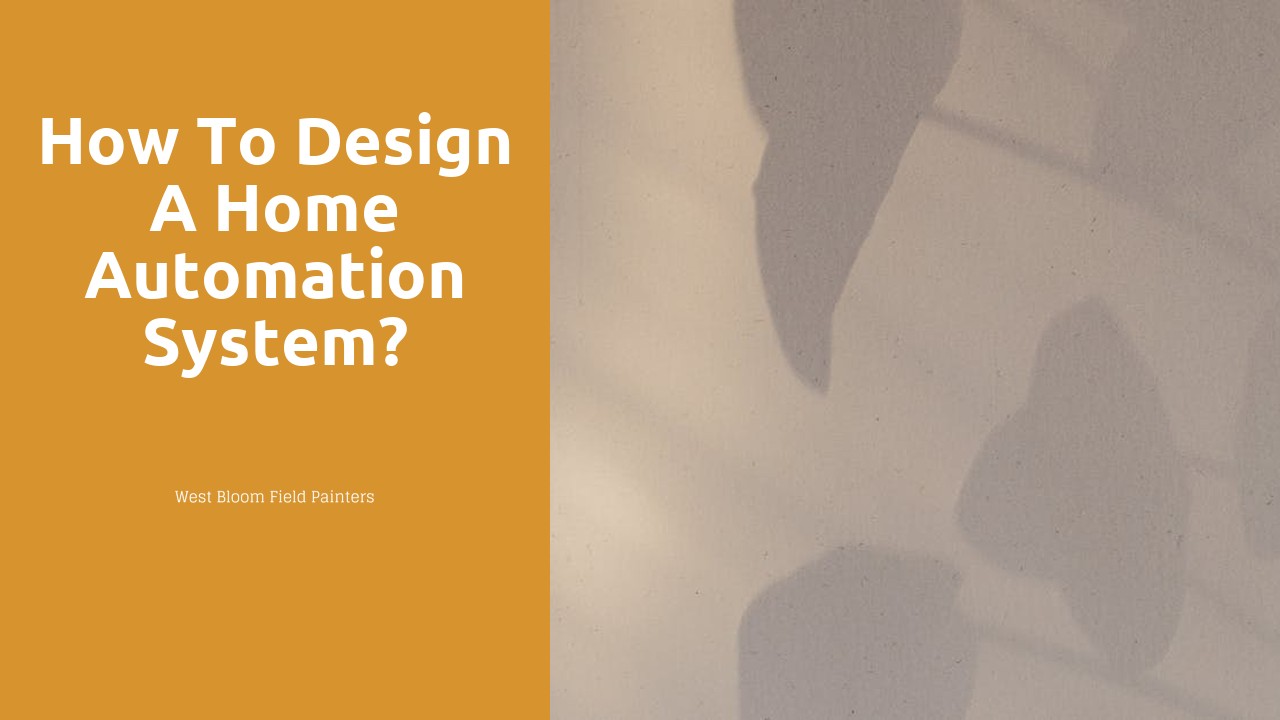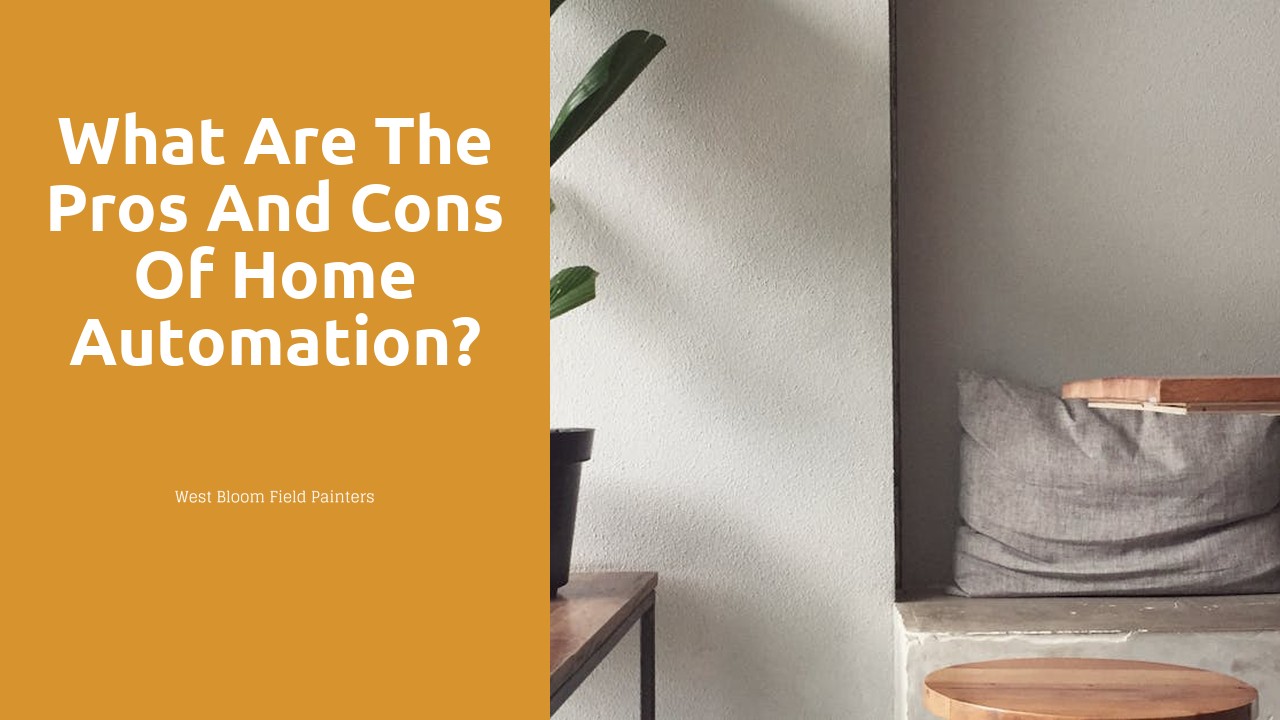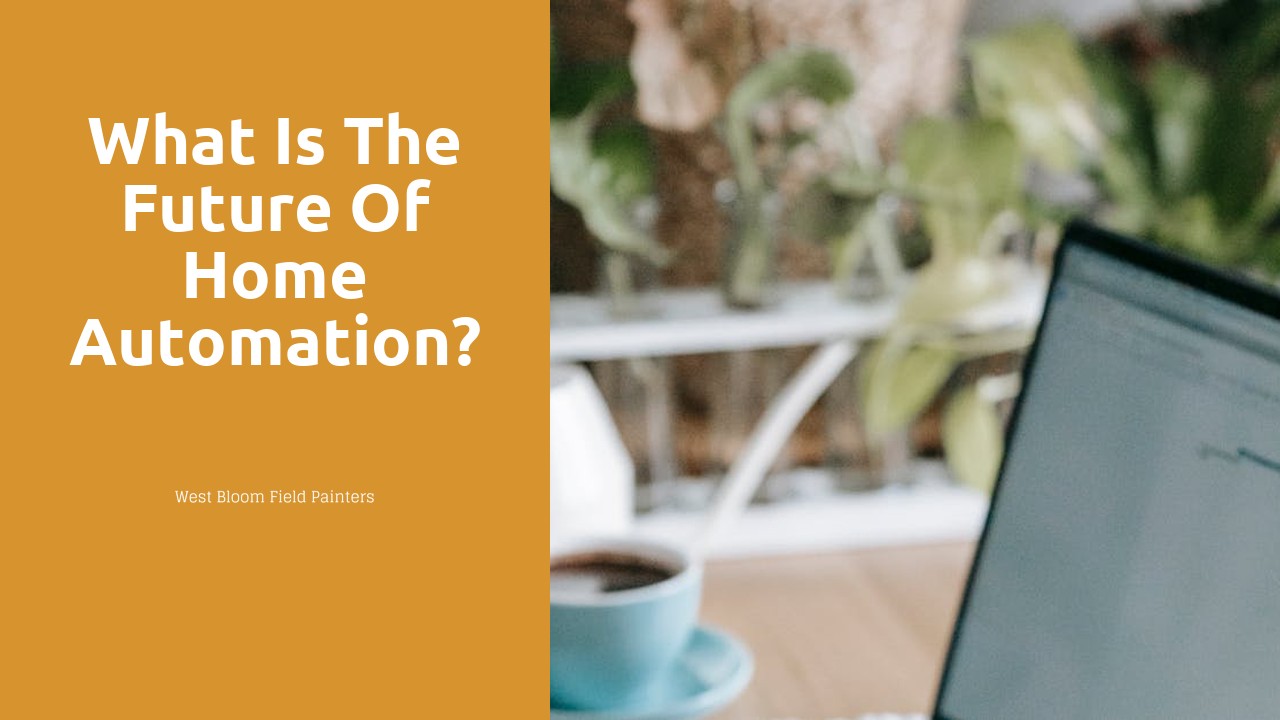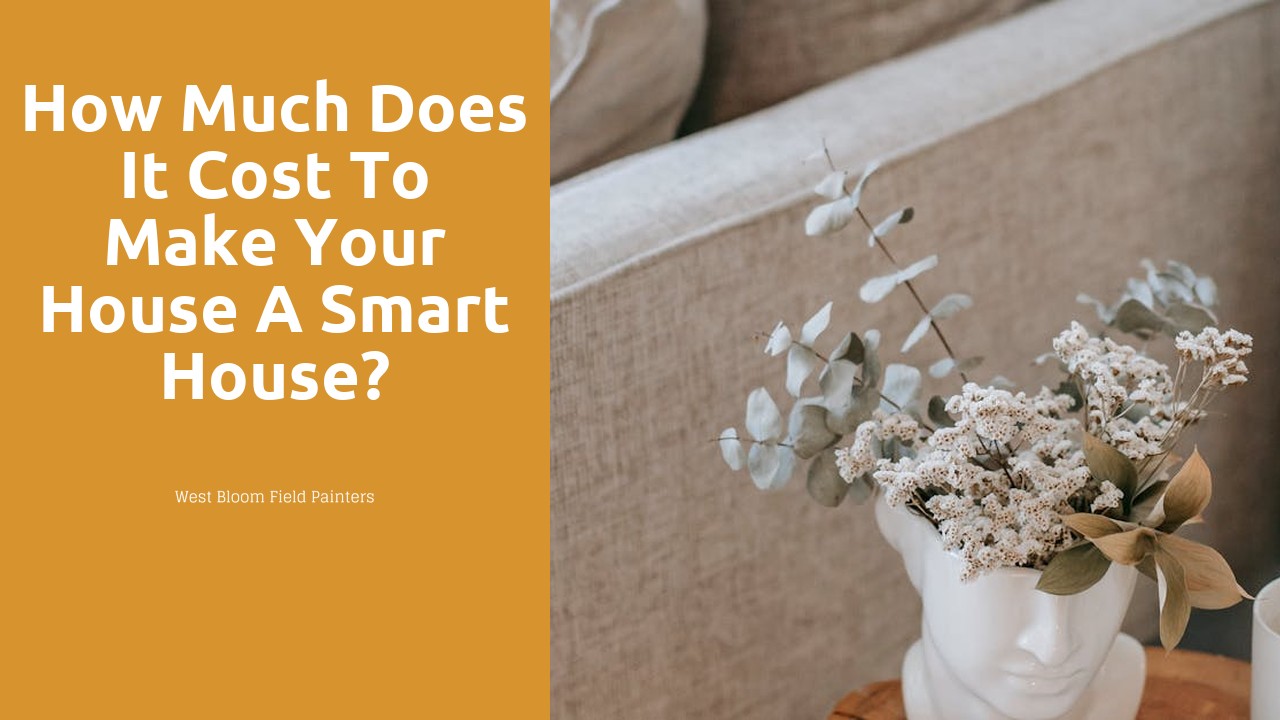
Table Of Contents
Cost of Smart Home Hub
The costs associated with setting up a smart home can vary depending on the types and number of devices you plan to connect. One of the initial expenses to consider is the purchase of a smart home hub. This central device serves as the control centre for all smart devices in your home, allowing them to communicate with each other. In the realm of Home Automation Design in Maple, smart home hubs come in different price ranges and functionalities to cater to the specific needs of homeowners.
Investing in a smart home hub is essential for creating a cohesive and interconnected smart home system. While the cost of a hub is a necessary upfront investment, it plays a pivotal role in providing centralized control for various devices like smart lights, thermostats, security cameras, and more. Understanding the costs associated with a smart home hub is crucial as it forms the foundation for your smart home setup and determines how seamlessly your devices can be integrated and controlled.
Centralized Control for Various Devices
Having a centralized control system for various devices in your smart home can greatly enhance the overall convenience and efficiency of managing your household. With a smart home hub that connects all your devices and allows you to control them from a single interface, you can easily adjust settings, monitor energy usage, and even schedule automated tasks. This streamlined approach not only simplifies your daily routines but also provides a seamless experience in managing different aspects of your home.
When considering home automation design in Belleville, it's essential to choose a system that offers compatibility with a wide range of devices, including smart lights, thermostats, security cameras, and entertainment systems. By centralizing the control of these devices, you can create custom routines, set up triggers, and ensure that your smart home operates smoothly and efficiently. This centralized approach not only enhances the functionality of your smart home but also provides a cohesive and integrated experience for you and your family.
Maintenance and Subscription Fees
Maintenance and subscription fees are important aspects to consider when delving into the realm of home automation design in Woodstock. While setting up a smart home may come with an initial cost, ongoing maintenance fees should not be overlooked. These costs can vary depending on the complexity of the system and the number of devices being controlled. Regular maintenance checks and software updates are essential to ensure that your smart home continues to function optimally.
Subscription fees are another vital component of smart home ownership. Some smart devices require subscriptions for premium features or access to cloud services. Before investing in a smart home system, it is crucial to factor in these additional costs to accurately assess the total expenditure required for maintaining a seamless and efficient Home Automation Design in Woodstock.
LongTerm Costs to Consider
When delving into the realm of Home Automation Design in Cooksville, it's crucial to consider the long-term costs that accompany smart home technologies. Beyond the initial investment, homeowners need to factor in the long-term maintenance expenses to keep the systems operating efficiently. This may involve regular updates, software upgrades, and potential repairs that could incur costs over time. As technology evolves rapidly, keeping up with the latest advancements in smart home devices might also entail additional expenses for homeowners aiming to stay at the forefront of innovation.
Moreover, subscription fees linked to smart home services should be included in the long-term financial planning. Many smart home systems require subscriptions for advanced features and functionalities, such as remote monitoring or enhanced security measures. By accounting for these ongoing costs, homeowners can make informed decisions regarding the scalability and sustainability of their Home Automation Design in Cooksville.
Return on Investment
Return on Investment
Home Automation Design in Norfolk can significantly impact the value of your property. By incorporating smart home technology, you are not only enhancing the convenience and comfort of your living space but also potentially increasing the resale value of your home. Buyers are increasingly looking for homes with integrated smart systems, making it a sought-after feature in the real estate market. Investing in a smart home setup could result in a notable return on investment when it comes time to sell your property.
Moreover, the energy efficiency benefits of smart home technology can lead to long-term cost savings. By automating and optimizing the use of energy in your home, you can reduce utility bills and minimize wastage. Over time, these savings can accumulate, offsetting the initial investment made in setting up a smart home system. Home Automation Design in Norfolk may offer a practical solution for homeowners looking to not only modernize their living spaces but also make a smart financial decision for the future.
Potential Savings and Added Home Value
Potential savings and added home value can be significant factors to consider when investing in a smart home. Home Automation Design in Sault Ste. Marie can not only enhance the convenience and comfort of your living space but also lead to energy efficiency savings. By automating and optimizing the usage of lights, heating, and cooling systems, homeowners can observe a noticeable decrease in their utility bills over time.
Furthermore, integrating smart security systems can potentially lower insurance premiums due to the added level of protection that these systems offer. In the long run, these cost savings and the appeal of a smart home can also increase the overall value of the property. When it comes to selling your home in the future, having a smart home setup can be a strong selling point and create a competitive edge in the real estate market.
FAQS
Is it expensive to make my house a smart house?
The cost of making your house a smart house can vary depending on the devices and systems you choose to install. It can range from a few hundred dollars to several thousand dollars.
What is the cost of a smart home hub?
The cost of a smart home hub can start from around $50 and go up to a few hundred dollars, depending on the brand and features it offers.
Are there any maintenance and subscription fees associated with a smart house?
Yes, some smart devices may require maintenance and updates, which can incur additional costs. Additionally, some systems may have subscription fees for advanced features or services.
What long-term costs should I consider when making my house a smart house?
When making your house a smart house, you should consider the long-term costs of maintenance, updates, and potential upgrades as technology advances.
Can I expect a return on investment by making my house a smart house?
Investing in a smart house can potentially provide a return on investment through energy savings, convenience, and added home value. However, the actual ROI can vary based on individual preferences and usage.
